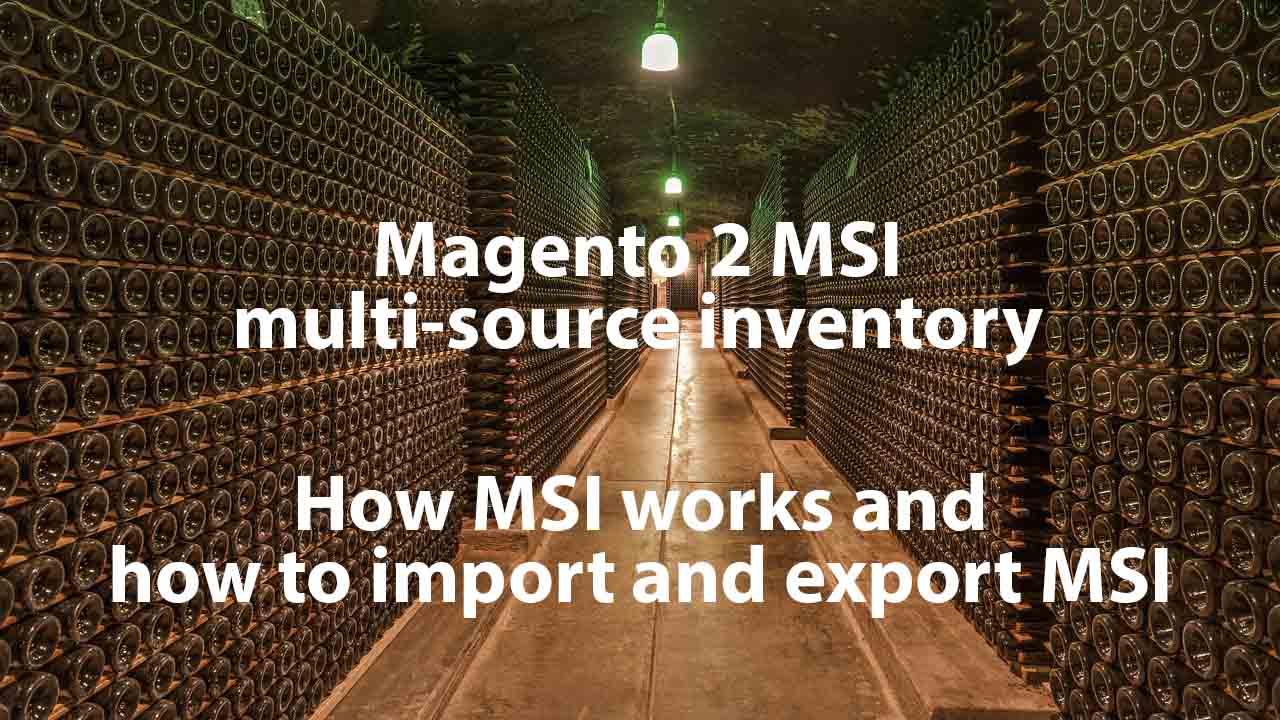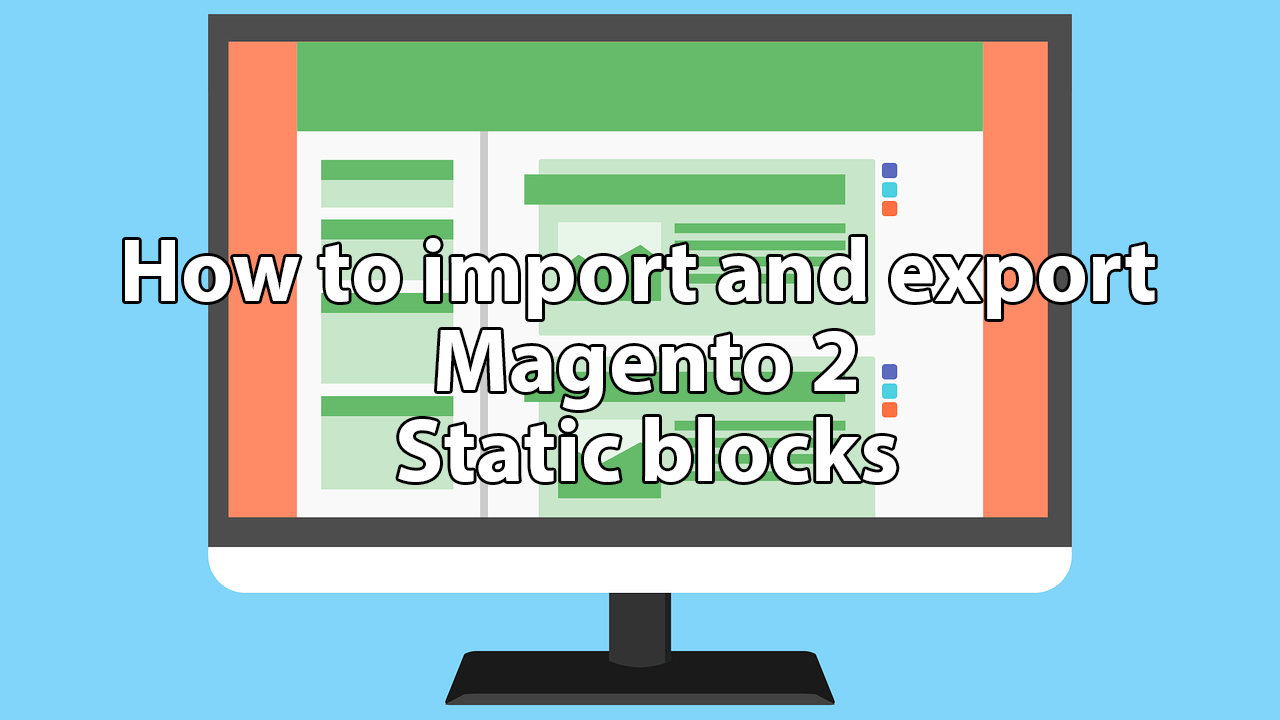Magento 2 MSI User Guide: How to Import & Export Magento 2 MSI (Multi Source Inventory)

This Magento 2 MSI user guide briefly explains the platform’s multi-source inventory functionality and then focuses on the Magento 2 MSI import and export. Magento 2.3 came out with the long-awaited Multi-Source Inventory (MSI) support. The feature is available right after you install the Magento 2 MSI module. Although the extension dramatically improves the basic experience associated with inventory management, it still lacks various vital functionalities, especially in data synchronization. Luckily, you can always address the existing issues with the help of third-party solutions. Regarding the Magento 2 MSI module and data transfers, the Improved Import & Export extension and its MSI add-on are at your service.
In this blog post, you will learn how to import and export all Magento 2 MSI entities: sources and quantity of the products per source. Firstly, we describe the MSI module and explain how to install it. After that, you will find out what to do with the MSI add-on of the Improved Import & Export extension. Next, we focus on the Magento 2 MSI import. The article explores the CSV formatting of MSI entities used in Magento 2. You will learn how the stock sources MSI table works and what to do with the stock sources qty MSI table. The last chapter of this Magento 2 MSI import/export guide describes how MSI source import/export works.








